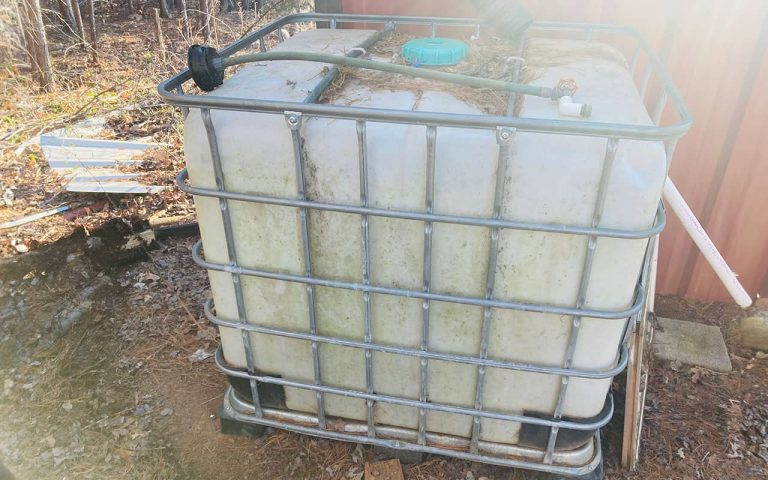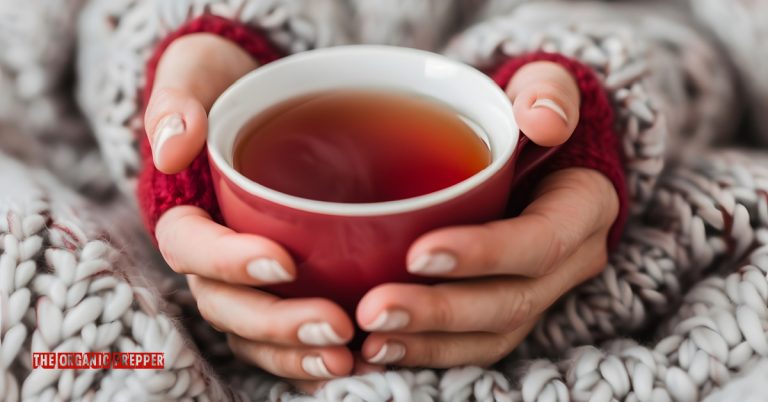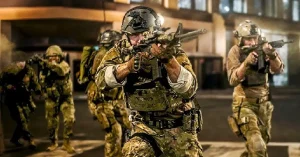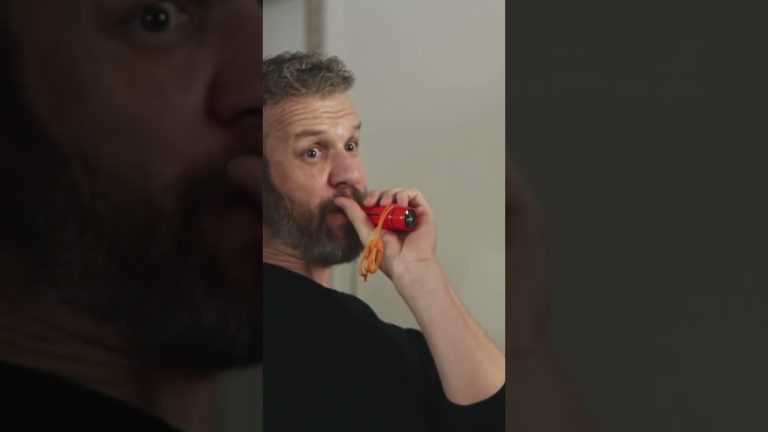You might not consider a heat wave to be a natural disaster, but it can cause mass casualties if severe. Heat wave season is averaging almost 50 days longer than in the 1960s, with three times more wave events each year. This weekend, a relentless and prolonged heat wave is going to raise temperatures to dangerous levels in the Midwest and Northeast.
Last time, we discussed heat index, heat risk, and other factors that lead to hot weather emergencies. This time, we’ll talk about the effects on the human body and what you, the family medic, can do about it.
HOW HEAT WAVES KILL YOU
How exactly does excessive exposure to heat kill a person? Your body core regulates its temperature for optimal organ function. When body temperature rises excessively (known as “hyperthermia”), damage occurs that leaks toxins, causes major inflammation, and even kills cells. Deaths can occur very quickly unless you act quickly, even in people who are physically fit.
Who is especially at risk. Everyone is different in terms of their ability to tolerate heat. Risk factors for heat-related emergencies include:
- Obesity.
- Poor level of physical fitness.
- Age (very young or very old).
- Gender (men are more at risk).
- Being Dehydrated
- Use of Alcohol, recreational drugs, and certain prescription meds (water pills, antihistamines, laxatives, and others) in hot weather.
- Wearing heavy or dark-colored clothing in the sun.
- Acute or chronic illness; running a fever from the flu, for example, or having chronic problems with diabetes or heart problems.
- Prior history of a heat-related medical event.
HEAT-RELATED ILLNESS
The ill effects due to overheating are called “heat exhaustion” if mild to moderate; if severe, it’s called “heat stroke.” Heat exhaustion usually doesn’t result in permanent damage if treated, but heat stroke can; You have to know when it’s happening and resolve it before it causes permanent damage.
Lesser issues include ‘prickly heat,” a stinging heat rash that turns skin red, and painful muscle spasms called “heat cramps.” These, fortunately, can be dealt with using simple therapies, like cold packs, massage, and some rest in the shade.
SYMPTOMS OF HYPERTHERMIA (HEAT EXHAUSTION/HEAT STROKE)
Heat exhaustion signs and symptoms include:
- Profuse sweating
- Rapid pulse
- Flushing
- Nausea and vomiting
- Headache
- Temperature elevation up to 105 degrees F
If action isn’t taken rapidly to cool off the victim, heat stroke may ensue. In addition to all the possible signs and symptoms of heat exhaustion, heat stroke will manifest as shortness of breath, loss of consciousness, and seizures. Fatal shock and organ malfunction may be the end result.
An interesting characteristic of heat stroke is that the skin is likely to be hot to the touch, but dry; sweating might be absent. This occurs because the body naturally efforts to cool itself down by sweating until it reaches 105-6 degrees or so. After that, you’ll notice the skin is red, not because it’s burned, but because blood vessels are dilating in a desperate effort to dissipate heat.
TREATING HYPERTHERMIA
 Oral fluids are only for those who are awake and alert
Oral fluids are only for those who are awake and alert
If hyperthermia is suspected, you have to act quickly. 10-15 minutes in the heat can cause heat stroke, less for children or pets in cars on a hot day. The rescuer should immediately:
- Move the victim away from the heat source (for example, out of the sun).
- Remove clothing.
- Immerse in or drench with cool water (or ice, if available) If the victim can’t be immersed in cool water, wrap in a cool, wet sheet, or place moist cold compresses in the neck, armpit, and groin. Why there? Major blood vessels run close to the skin in these areas; cold packs there will more efficiently cool the body core. A recent military study suggests that immersing the hands and forearms is also useful.
- Elevate the victim’s legs elevated above the level of their heart (known as the “shock position”)
- Fan or otherwise ventilate to help with heat evaporation
How about giving fluids? Oral rehydration is useful to replace fluids lost, but only if the patient is awake and alert. If your patient has altered mental status, he or she might “swallow” the fluid into their airways; this causes damage to the lungs and puts you in worse shape than when you started.
PREVENTING HEAT-RELATED ILLNESS
Heat stroke is preventable in many cases. The Arizona state department of health, no stranger to the heat, recommends the following:
- Drink at least 2 liters (about a half-gallon) of water per day if you are mostly indoors and 1 to 2 additional liters for every hour of outdoor time. Drink before you feel thirsty, and avoid alcohol and caffeine.
- Wear lightweight, light-colored clothing and use a sun hat or an umbrella to deflect the sun’s rays.
- Eat smaller, more frequent meals instead of large ones.
- Wear sunscreen to prevent burns.
- Avoid strenuous activity, especially during the hottest parts of the day.
- Stay indoors as much as possible.
- Take regular breaks if you must exert yourself on warm days.
- Follow heat warnings from the National Weather Service.
In a heat wave, don’t forget to check on the elderly, the very young, and the infirm regularly and often. These people have more difficulty seeking help if ill, and, with some vigilance, you just might save a life.
For part 1 of this article, click here: https://www.doomandbloom.net/man-its-hot-part-1-summer-heat-risks/
Joe Alton MD


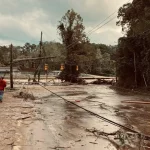


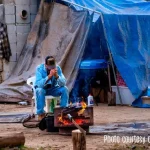







 Dr. Alton
Dr. Alton



